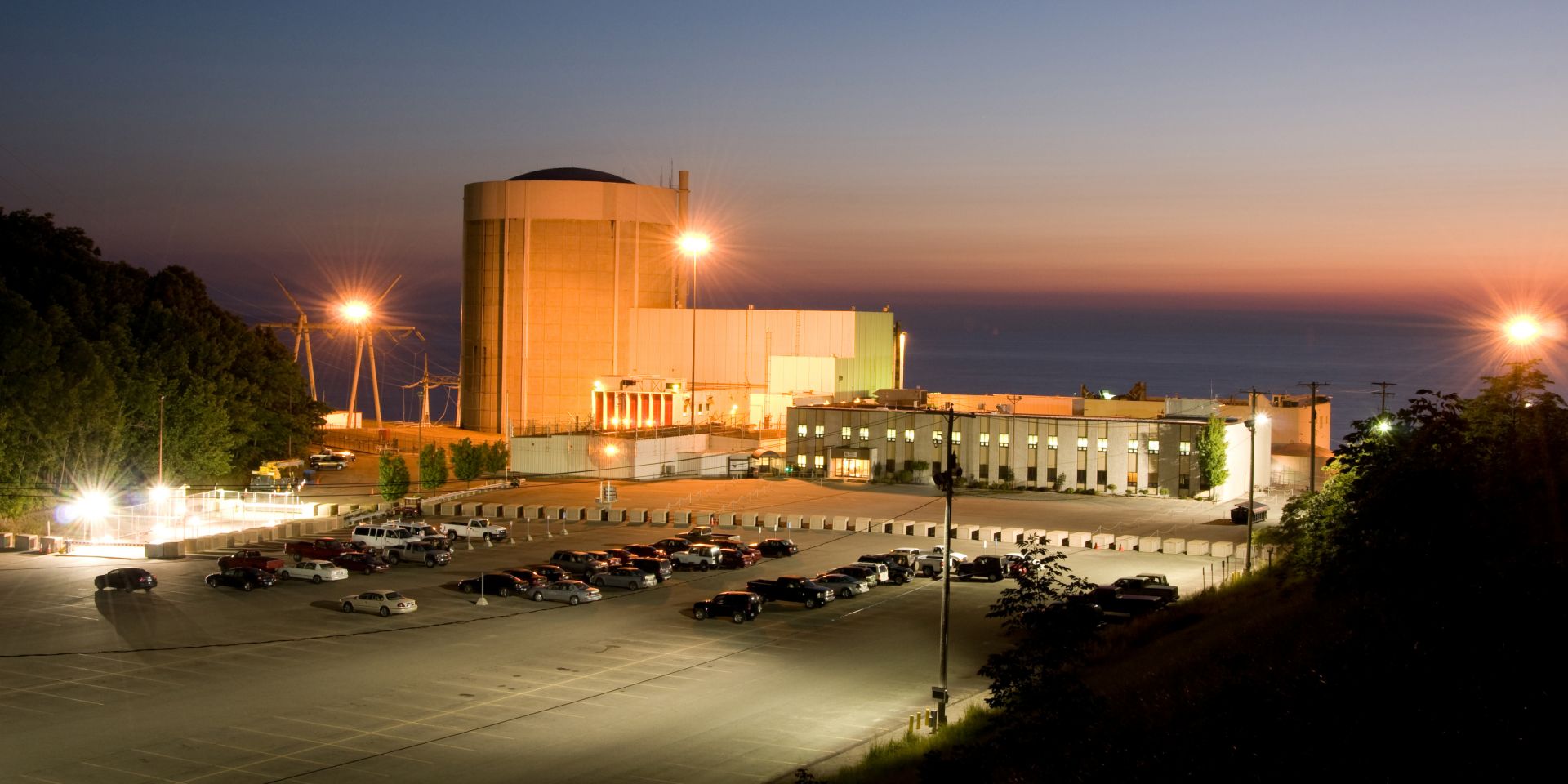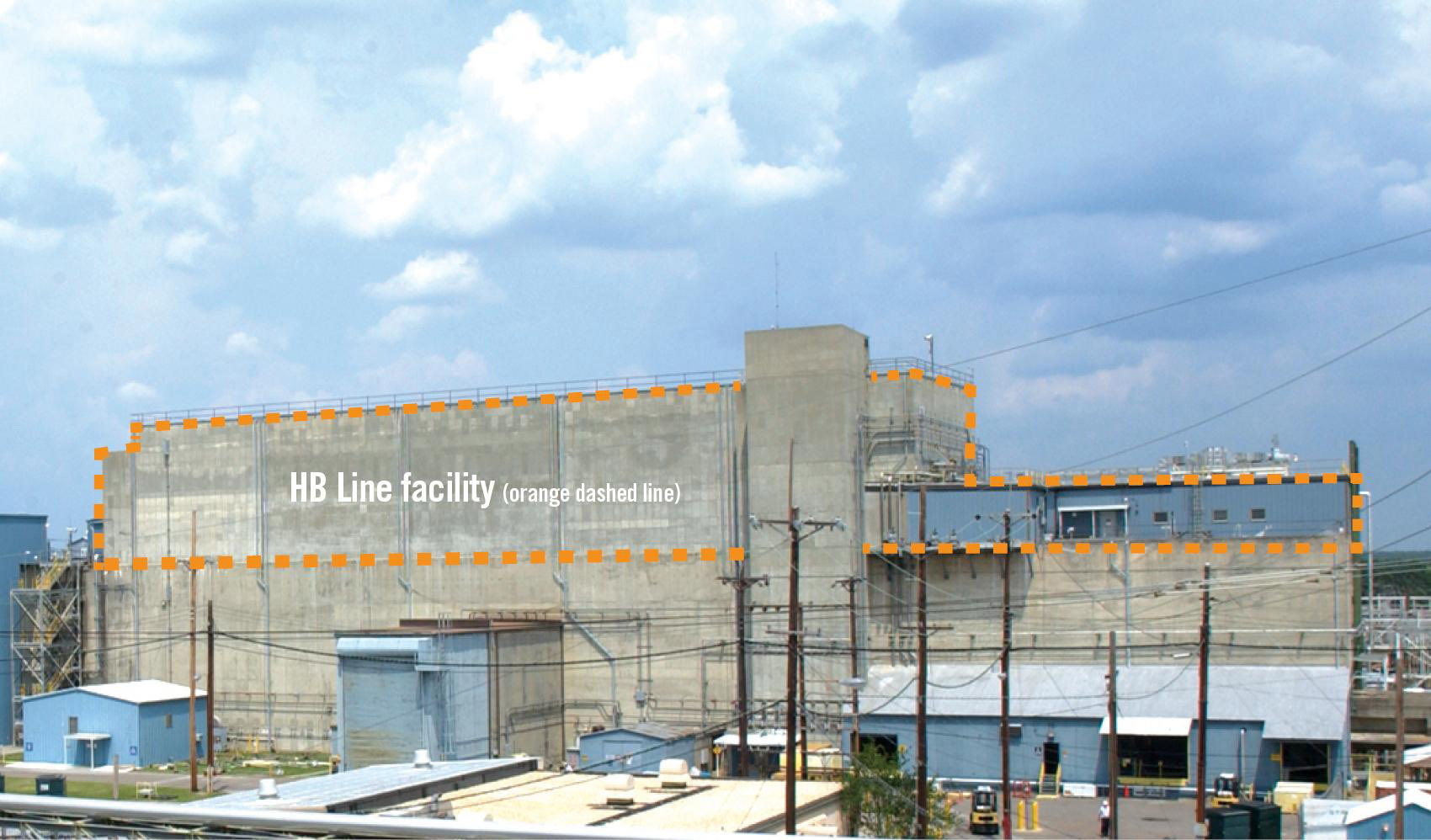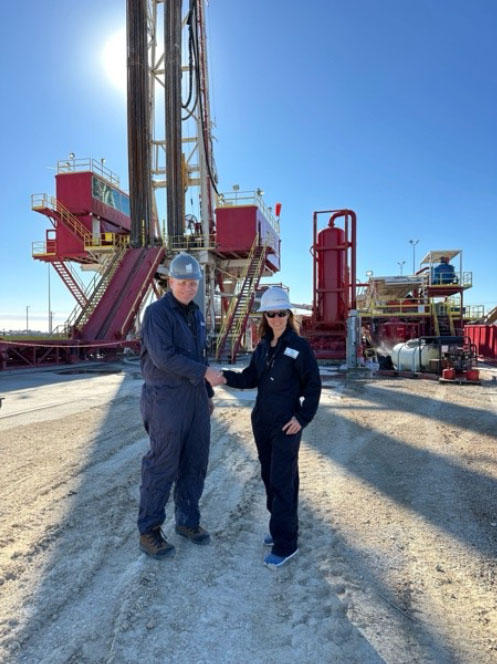Historic nuclear plant restart could happen in 2025.
Palisades nuclear power plant on Lake Michigan, at night. (Photo: Holtec)
Mike Mlynarek believes in this expression: “In the end it will be OK; and if it’s not OK, it’s not the end.”
As the site vice president at Palisades nuclear power plant in Covert Township, Mich., Mlynarek is overseeing one of the most exciting projects in the United States nuclear power industry. If all goes according to plan, Holtec’s Palisades plant will be splitting atoms once again by the end of 2025 and become the first U.S. nuclear facility to restart after being slated for decommissioning.
Industry's first lead test assemblies with U-235 enriched up to 6 percent were loaded into Vogtle-2. (Photo: Southern Nuclear)
Southern Nuclear recently loaded nuclear fuel with uranium-235 enriched up to 6 percent—higher than the usual 3–5 percent enrichment—into Vogtle-2 to test it through irradiation.
On track to be the first SMR constructed in North America
The Savannah River Site’s HB Line facility is located on top of the H Canyon chemical separations facility. (Photo: DOE)
The Department of Energy has announced that workers at its Savannah River Site in South Carolina recently removed legacy uranium materials from the site’s HB Line as part of an effort to clear the facility of its inventory of legacy nuclear materials. The removed legacy uranium was originally produced by the Y-12 National Security Complex at Oak Ridge, Tenn.
Deep Isolation’s Rod Baltzer and Deep Fission’s Elizabeth Muller. (Photo: Deep Fission)
Nuclear start-ups Deep Fission and Deep Isolation will collaborate on the management of spent nuclear fuel from Deep Fission’s advanced underground reactors under a memorandum of understanding signed by the companies.
Craig Piercy delivers remarks at the Monsanto Auditorium at the University of Missouri. (Source: Abbie Nell Lankitus/University of Missouri)
ANS Executive Director/CEO Craig Piercy recently spoke on nuclear power’s potential for answering today’s energy demands as part of the Distinguished Lecture Series at the University of Missouri. He also took part in the ribbon cutting for a large addition to the University of Missouri Research Reactor (MURR).
During a November 2024 mission, the IAEA delivered two new ambulances to Ukraine at the Chernobyl site. Varash Hospital director Tetiana Latyshenko is at left, with Liliana Salaru, IAEA senior medical officer, at right. (Photo: IAEA)
The United Nations' nuclear watchdog delivered emergency medical supplies to Ukraine last week as part of ongoing aid to the country since its conflict with Russia began in 2022.





 The latest edition of
The latest edition of 
.svg.png)




.jpg)


